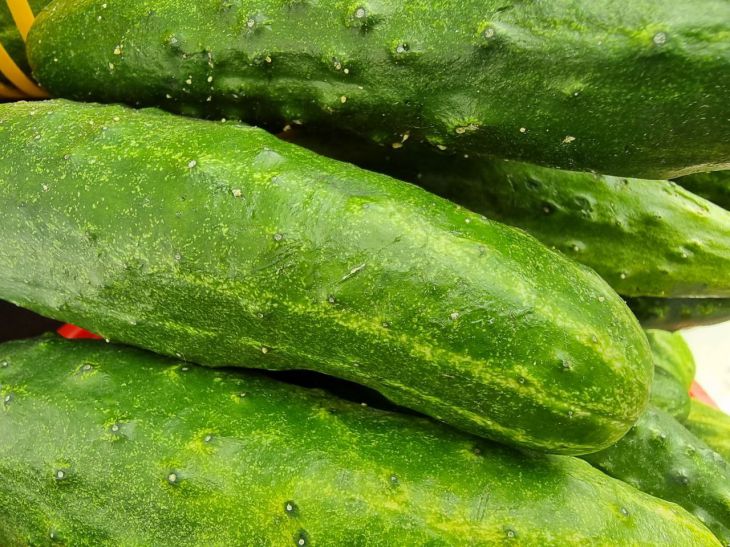Growing cucumbers the size of a zucchini is not a myth, but a reality if you know how to use mineral fertilizers correctly.
The whole secret is to provide the plant with the necessary elements during critical growth phases.
Let's start with the fact that cucumbers are a crop that absorbs nutrients rapidly, especially after they start bearing fruit. They need not just nitrogen for greenery, but a precise balance of potassium, phosphorus and magnesium.

The first step is to prepare the soil. A week before planting the seedlings, add a complex fertilizer with the formula NPK 5-10-15 to the soil. This ratio activates the development of the root system, which is especially important for the future harvest.
Many gardeners make the mistake of overfeeding cucumbers with organic matter, but manure or compost causes chaotic growth of vines to the detriment of the fruit.
After planting the seedlings in the ground, the first feeding is carried out in 7-10 days. During this period, the plant experiences adaptation stress and requires support. Dissolve 25 g of nitroammophoska in 10 liters of water and water the bushes at the root. This fertilizer contains nitrogen, phosphorus and potassium in equal parts, which stimulates growth and strengthens the immune system.
But the main thing is not to miss the moment of flowering. As soon as the first buds appear, switch to potassium-phosphorus compositions. Mix 15 g of superphosphate and 10 g of potassium sulfate per bucket of water - such a cocktail will increase the number of ovaries and prepare the plant for active fruiting.
The next stage is fertilizing during the growth period of cucumbers. Here, many face the problem of hollow fruits. The reason is a deficiency of calcium and magnesium.
To avoid this, spray the leaves with a solution of calcium nitrate (5 g per 3 l of water) and magnesium sulfate (10 g per 10 l of water) once every two weeks. Magnesium improves photosynthesis, and calcium prevents fruit deformation.
But it is important to remember: foliar feeding works only in cloudy weather or in the evening, otherwise water droplets will act like lenses and cause burns.
Pay special attention to watering. Cucumbers are 95% water, so a lack of moisture will ruin all your efforts. Water them with warm water (+20–25°C) strictly under the root, avoiding contact with the leaves. Cold water provokes fungal diseases, and sprinkling in the heat — powdery mildew.
The ideal schedule is every 2-3 days, but if there is a drought, switch to daily watering in small portions. After each watering, loosen the soil so that the roots receive oxygen.
The last secret is “emergency” feeding if cucumbers have slowed down their growth. Mix 10 g of urea, 30 g of superphosphate and 20 g of potassium sulfate per 10 liters of water. Water the plants at the rate of 1 liter per bush. In 3-4 days you will notice how the ovaries begin to fill out.
And remember: collect the fruits every 2 days. Overgrown cucumbers take strength from new ovaries, reducing the overall harvest. Following these rules, you will get not just large, but also crispy, juicy fruits that will not taste bitter even in drought.
